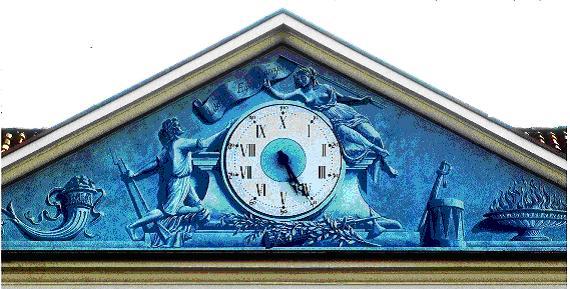Palazzo of the Economy and Labour “Luigi Einaudi”
Last update 6 May 2023
Former Barracks “Gen. Carlo Giordana”
We do not have a precise date for the construction of the building. However, it is believed to date from the seventeenth century, when it was used as a temporary halt post for the military.
On maps of that era to the South of the city walls, a “military quarter” is indicated. The barracks also appear in a drawing by Clemente Rovere in the 1800s. In the first half of the nineteenth century through to the Risorgimento (era of the Italian unification), the building was often used as headquarters by the patriot squads which fought with the regular Piedmontese army. Further on, many different military corps occupied the building until 1915, when it became the official headquarters of the 6th Section of the Engineer Corps Regiment, which is in charge of the railway section Chivasso-Aosta.
In 1931 a portion of the building was given to the Military District of Chivasso and it officially became the Barracks “Gen. Carlo Giordana.” In September 1943, the Black Brigades of the Social Italian Republic and some sections of the Wermacht occupied the building and used part of it as a prison. After the war the Engineers Corp reentered the barracks. In 1993 the town became its owner, and in 2000 the local administration renovated it and transformed it into the Palazzo of the Economy and Labour “Luigi Einaudi.”
The clock of New Time

The tympanum of the building has recently been decorated with a clock of New Time, a souvenir of the French Revolution, which attempted to change the way time was measured. A day of New Time was divided into 10 hours of 100 minutes of 100 seconds. While under regular time a day is measured with two complete rounds of the dial, this clock makes only one round in the same lapse of time. Only a few of these clocks were built and apparently none was ever used in public. Napoleon I abolished this reform in 1806.
